Nebraska is a large state in land area: the 16th largest, in fact. But in population, it ranks way down at number 38. As many as half of Nebraskans live in the southeastern corner of the state in Omaha, Lincoln, and their metropolitan areas and nearby towns. In the rural areas, 51 of Nebraska’s 93 counties lost residents in 2021-22. Six counties are experiencing especially steep population declines. Looking at these can help us understand the overall trends in the state. But first, we’ll look at some of the national and statewide trends that are affecting Nebraska’s counties.
National Trends

Some people are fleeing the fast-paced, overcrowded Westcoast for more affordable open spaces.
©Walter Cicchetti/Shutterstock.com
In the United States, over the past half-century, populations have been shifting away from the industrial Northeast to the “sunbelt” states of the South. In 2021-22, 18 Northeast states lost residents, including New York, Illinois, West Virginia, and Pennsylvania. However, this was also true of most of the Pacific states: California, Oregon, Alaska, and Hawaii. Factors such as a high cost of living, insufficient jobs, road congestion, and bureaucratic government have played a role in creating an outflow of population from those areas.
The main recipients of West Coast migration are western states like Nevada, Idaho, Montana, Utah, Arizona, and Colorado. Some of these have mild climates and all offer affordable housing, jobs, and plenty of opportunity for outdoor recreation. Post-pandemic, large numbers of workers have shifted to “work-from-home” employment. With the freedom to work from any place with a Wi-Fi connection, employees can prioritize quality-of-life considerations over the geographic location of jobs.
Population Trends in Nebraska
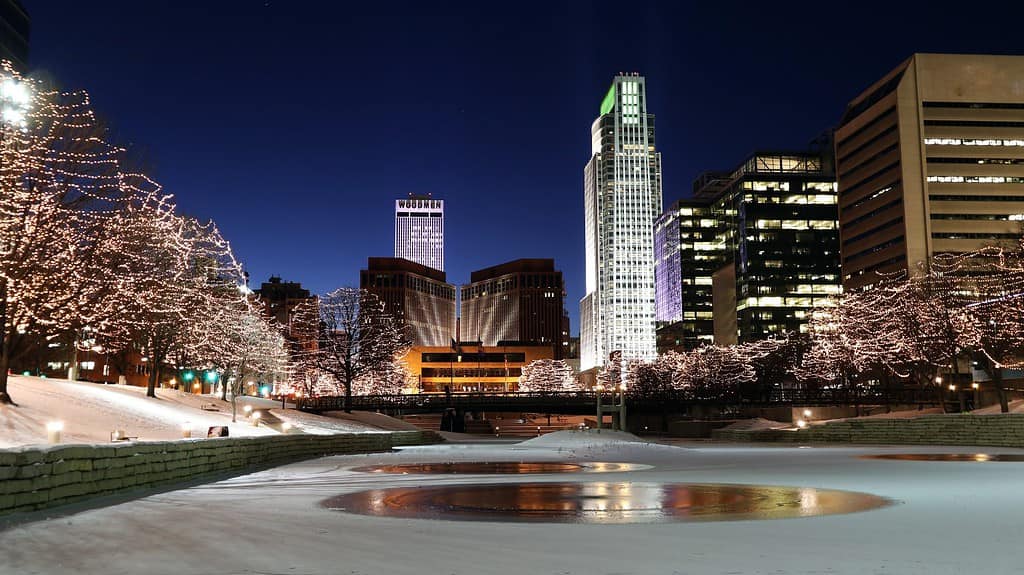
Omaha is Nebraska’s largest city and commercial center.
©Steve O’Donnell/Shutterstock.com
In the 2021-22 period, Nebraska gained 0.22% population, a little bit more than the median for the United States of 0.19%. It gained more people than its neighbors to the south and east: Kansas, Missouri, and Iowa. But the growth rates were higher than Nebraska in its northern and western neighbors: South Dakota, Wyoming, and Colorado. Much of Nebraska’s population growth happened in counties that were just outside the metropolitan areas of the largest cities. This reflects a nationwide movement of people out of crowded urban areas since COVID-19.
Despite growth in these regions, 51 of Nebraska’s 93 counties lost population between 2021 and 2022. This was an improvement over 2010-2020 when 68 Nebraska counties lost more residents than they gained. Declines in rural counties often occur as young people leave for education and job opportunities in other places, leaving behind an aging population with a lower birth rate and higher mortality rate. Another factor is that older people themselves sometimes relocate to be closer to their children and grandchildren or retire to a warmer climate.
Comparing Nebraska’s Fastest-Shrinking Counties
The chart below shows the Nebraska counties that are shrinking in population the most in order from the highest percentage loss to the lowest. Notice that because the county populations are already quite low, a loss of a few dozen people can result in a steep decline in the county’s population and growth rate on a percentage basis.
| County | % population lost 2021-22 | Residents lost 2021-22 | 2023 population | 2022-23 annual growth rate | 2050 projected population | |
|---|---|---|---|---|---|---|
| 1 | Dundy | -16.78% | -337 | 1,549 | -2.21% | 1,059 |
| 2 | Hooker | -12.21% | -90 | 705 | -0.28% | 712 |
| 3 | McPherson | -12.06% | -65 | 357 | -3.77 | 254 |
| 4 | Boyd | -11.68% | -246 | 1,723 | -1.66% | 1,219 |
| 5 | Garden | -10.99% | -228 | 1,820 | -0.98% | 1,039 |
| 6 | Webster | -10.24% | -390 | 3,269 | -1.27% | 2,853 |
Profiles of Nebraska’s Shrinking Counties
1. Dundy

Benkelman is the county seat of Dundy County.
©SevenMaps/Shutterstock.com
Dundy County is situated in far southwestern Nebraska, at the corner of the border where Colorado and Kansas meet. This location has earned it the nickname the “Cornerstone of Nebraska.” The county seat is Benkelman. The town promotes its health care and senior facilities, school system, churches, restaurants, nine-hole golf course, fishing and camping opportunities, and a winery. It is located a three-hour drive from Denver International Airport.
2. Hooker
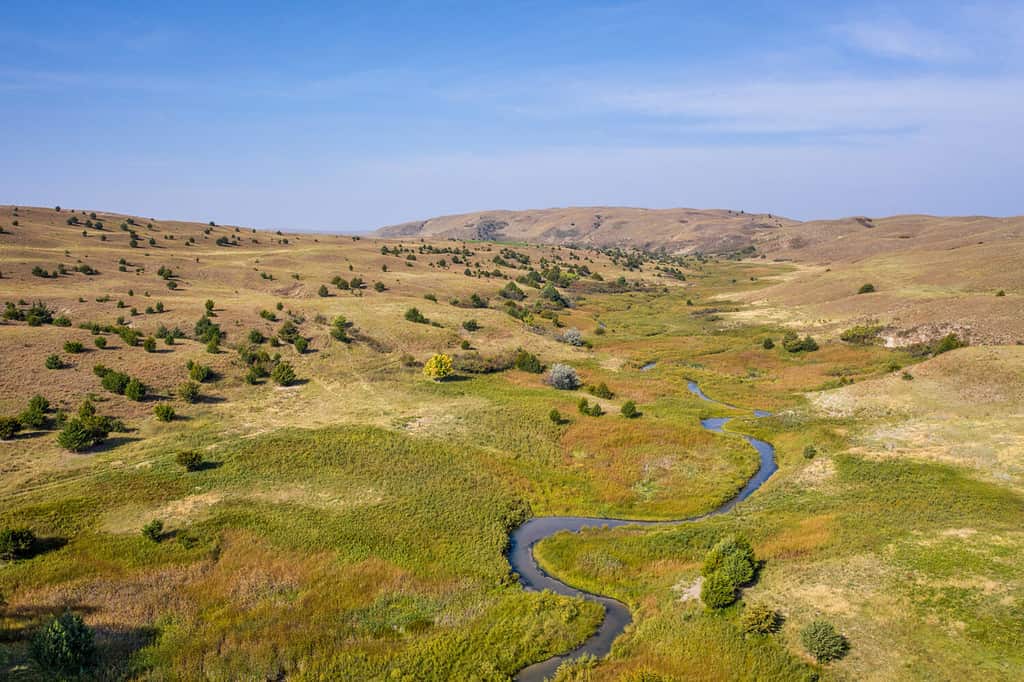
One branch of the Dismal River meanders through Hooker County.
©marekuliasz/Shutterstock.com
Hooker County in west-central Nebraska was named after Civil War General Joseph Hooker. It has one substantial community, Mullen, population 500, which is the county seat. The North Fork of the Dismal River runs south of the town. 97% of the county’s land is used for ranching. There are 72 cattle producers in the county.
3. McPherson
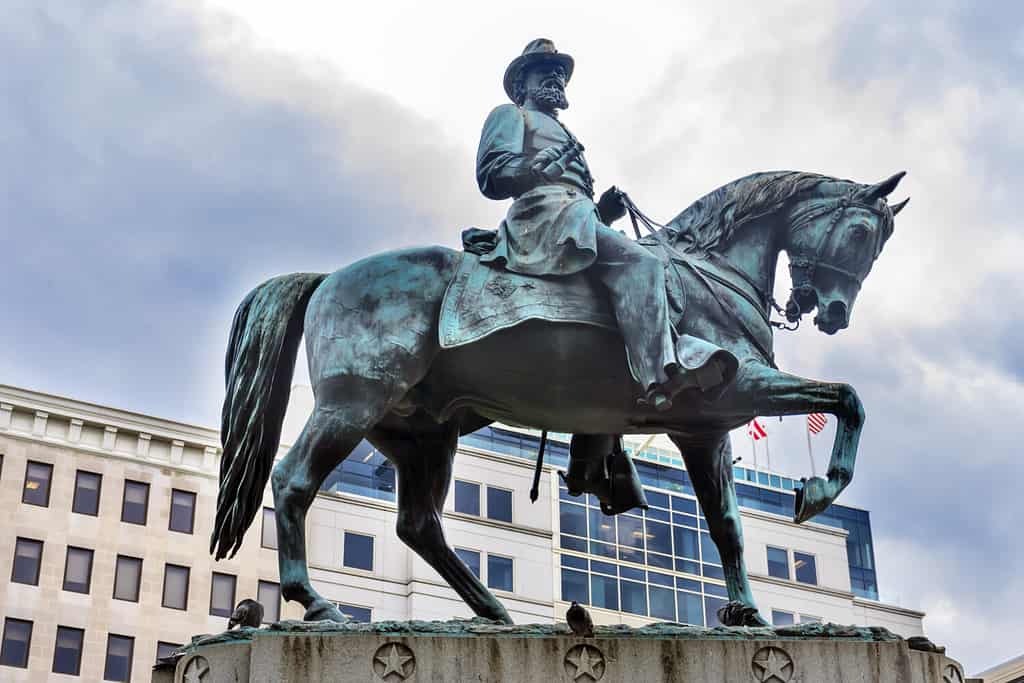
This monument to General James B. McPherson stands in Washington D.C.
©Bill Perry/Shutterstock.com
McPherson County was formed in 1890 out of Logan County, to its east. It was named after James B. McPherson, a Civil War general. McPherson has the lowest population of any Nebraska county and is actually the fifth-least populous county in the whole country! The county seat is Tryon.
4. Boyd
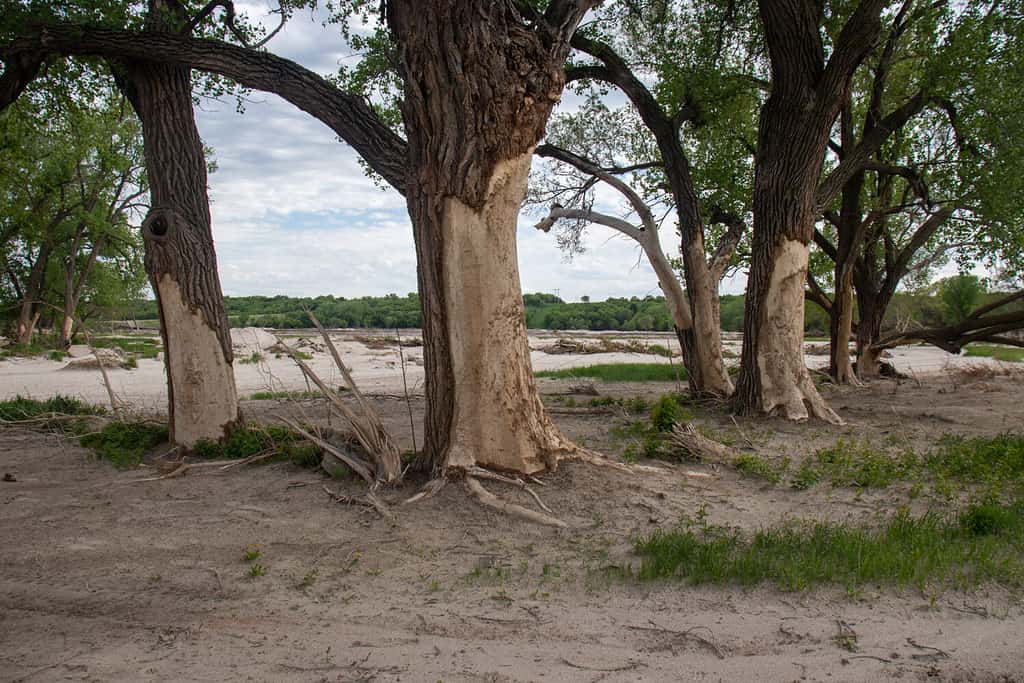
These are flood-damaged trees along the Niobrara River, which runs through Boyd County.
©Gwells/Shutterstock.com
Boyd County is located between the Niobrara and Missouri Rivers in the northeastern part of Nebraska. Though the rivers mean it is well-watered, it is also subject to flooding. The county is on Nebraska’s northern border with South Dakota. Interestingly, most of the county was not part of Nebraska when it became a state but was transferred from the Dakota Territory in 1882. The county seat is Butte, population 326. There are three incorporated villages in the town that have less than 10 people each: Anoka (population six), Gross (population two), and Monowi, the only incorporated city in the United States with only one resident!
5. Garden
Garden County is located in the western Nebraska panhandle. County founders hoped it would become a new “Garden of Eden”, but the reality didn’t live up to the hype. The arid conditions and farming methods of homesteaders contributed to the Dust Bowl in the 1930s. Garden County’s highest population was 5,099 in 1930 but has been in decline since. Today the natural environment of the county is one of its greatest assets. It boasts bird-watching sanctuaries, hiking trails, and amazing canyons.
6. Webster
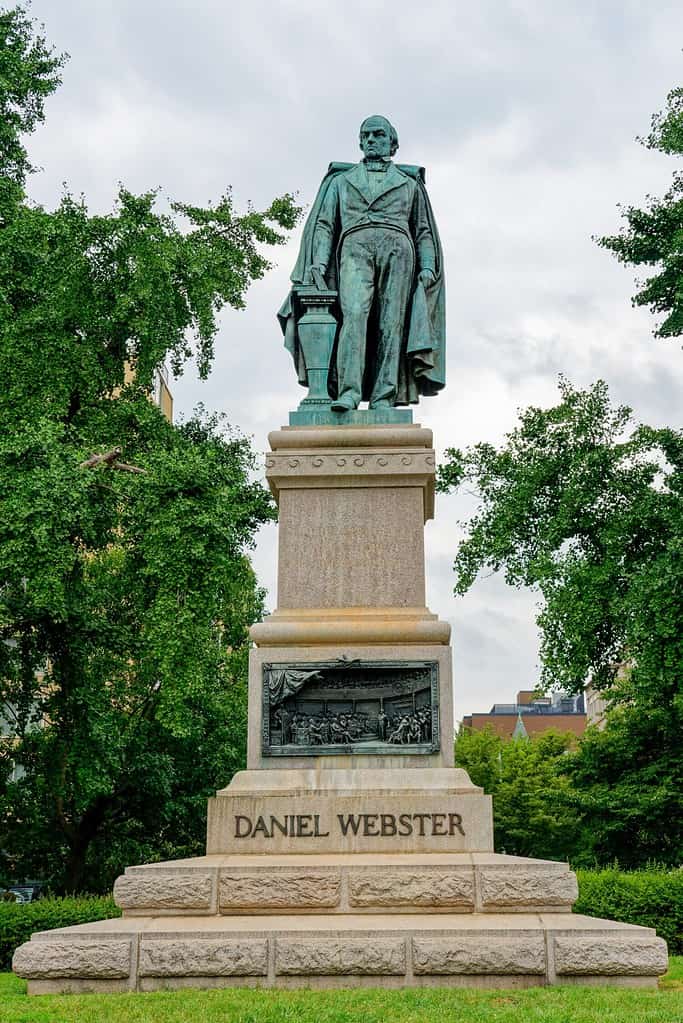
This memorial to U.S. statesman Daniel Webster is located in Washington, D.C.
©Rosemarie Mosteller/Shutterstock.com
Webster County was formed in 1871 in honor of U.S. Statesman Daniel Webster. It is located on the south-central border with Kansas. The county seat is Red Cloud. The town’s great claim to fame is that it was the home of celebrated American novelist Willa Cather, author of classics such as My Antonia and O Pioneers! Her home is now a bed and breakfast and the town hosts periodic events to celebrate her life and work.
Solutions for Dwindling Counties
Here are a few options available to counties that are losing population:
Allow the County to Shrink

Who says every part of the state needs a large and growing human population?
©Joseph Sohm/Shutterstock.com
A dwindling population is not necessarily a bad thing. It all depends on the priorities of the residents. If they appreciate uncrowded, unhurried rural living, hunting, and fishing, low taxes, and limited government, they might feel like, “the smaller the better.” A growing county takes a great deal of planning and administration that may not seem worth it to residents and local officials who are satisfied with things as they are.
Merge with Another County
When a county dwindles down to a few hundred residents, it may not be able to provide some basic services that the population might desire, like road and bridge maintenance, law enforcement, waste management, etc. Nebraska law provides for counties to be formed out of existing counties or added to other counties based on voter approval. Any debts of the county have to be split between the two new counties or adopted by the new combined county.
Create Jobs
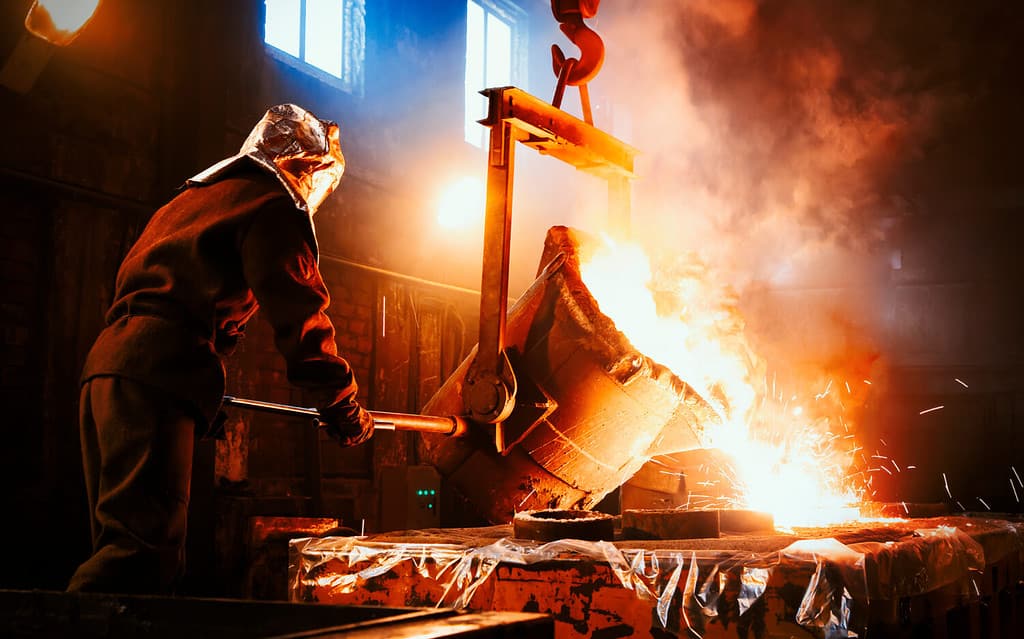
The availability of jobs is a key factor in growing a county’s population.
©Panksvatouny/Shutterstock.com
The key factor in attracting new residents or retaining current ones is the availability of jobs:
- A county can create jobs in several ways. It can advertise itself as a tourist and recreation destination but will need options for lodging, food, and entertainment to soak up revenue from visitors.
- The county could try to attract industries and businesses to locate there. Favorable tax rates, strong infrastructure, an appropriately skilled and educated workforce, and convenience of transportation networks are some of the factors businesses look for before setting up shop in a county.
- In today’s economy, rural counties could also take advantage of the remote-work economy to attract white-collar workers who would like to work from home in a quiet, rural area with an affordable cost of living. Good Wi-Fi connections, amenities like coffee shops, and access to a regional airport are some of the factors these kinds of workers will value.
Create a Desirable Quality of Life

Families want to live in areas that are convenient to stores, recreation, and entertainment.
©LightFieldStudios/ via Getty Images
In addition to creating circumstances where people can make money, a growing county will also provide a quality of life that is attractive enough for residents to choose to stay there and raise their families. Some of the factors to consider are:
- Quality school systems
- Well-maintained roads
- A low crime rate
- Parks and recreation
- Access to shopping and entertainment
- Environmental management
- Climate
- Ease of access to transportation hubs
Attract Immigrants

Immigrant families tend to start businesses and often share similar values to rural people in the Midwest.
©Jose carlos Cerdeno/iStock via Getty Images
An MIT study found that immigrants are 80% more likely to start their own businesses and that they employ on average 1% more employees than U.S. natives. A county could build its population by welcoming immigrant families. Many rural counties employ migrant workers. Some of these could be incentivized to make the county their home base. This might be a stretch culturally for some localities, but on the other hand, many immigrants ideologically share the values of family, faith, and an enterprising work ethic with rural mid-American communities. Churches and other faith-based organizations may be particularly interested in helping international people settle in their area and assimilate into the culture.
It’s Up to You

Will you use your influence to keep your county the same or make any changes?
©iStock.com/Oduvanchik21
If you’re a resident of one of the counties we’ve mentioned or a similar county in Nebraska or across the United States, the choice is yours. You can influence your local government to limit growth and preserve the county’s natural environment and culture for future generations, and that is a legitimate choice. Or you could influence your neighbors and government to support growth-oriented policies, attracting residents by improving jobs, quality of life, and/or welcoming immigrants. In small counties, you can have a particularly strong influence because you have the potential to talk to many residents in person about these issues if you’re so inclined. Think about what you like about your county and what needs improvement, and let your voice be heard.
The photo featured at the top of this post is © Billy McDonald/Shutterstock.com
Thank you for reading! Have some feedback for us? Contact the AZ Animals editorial team.







